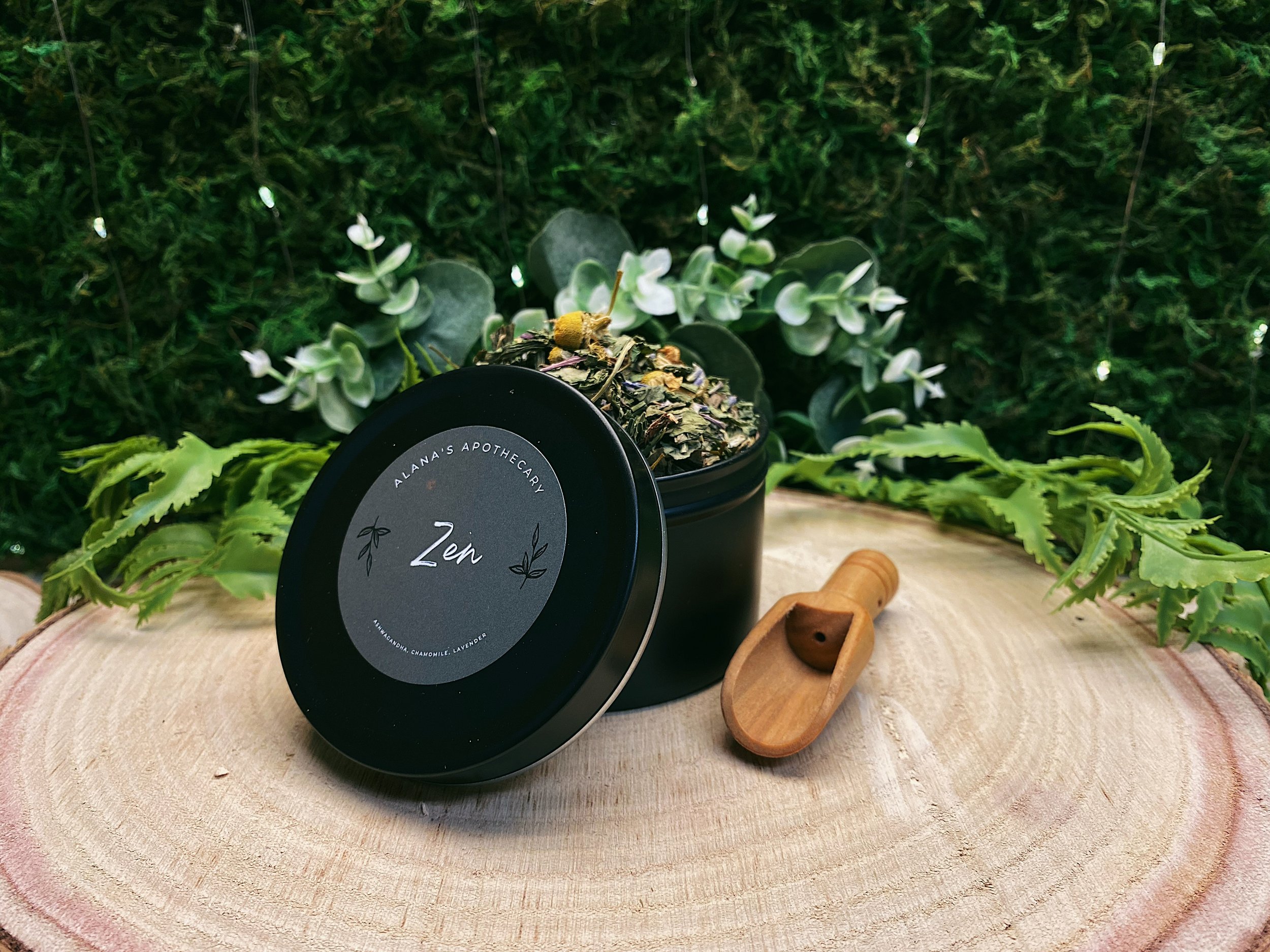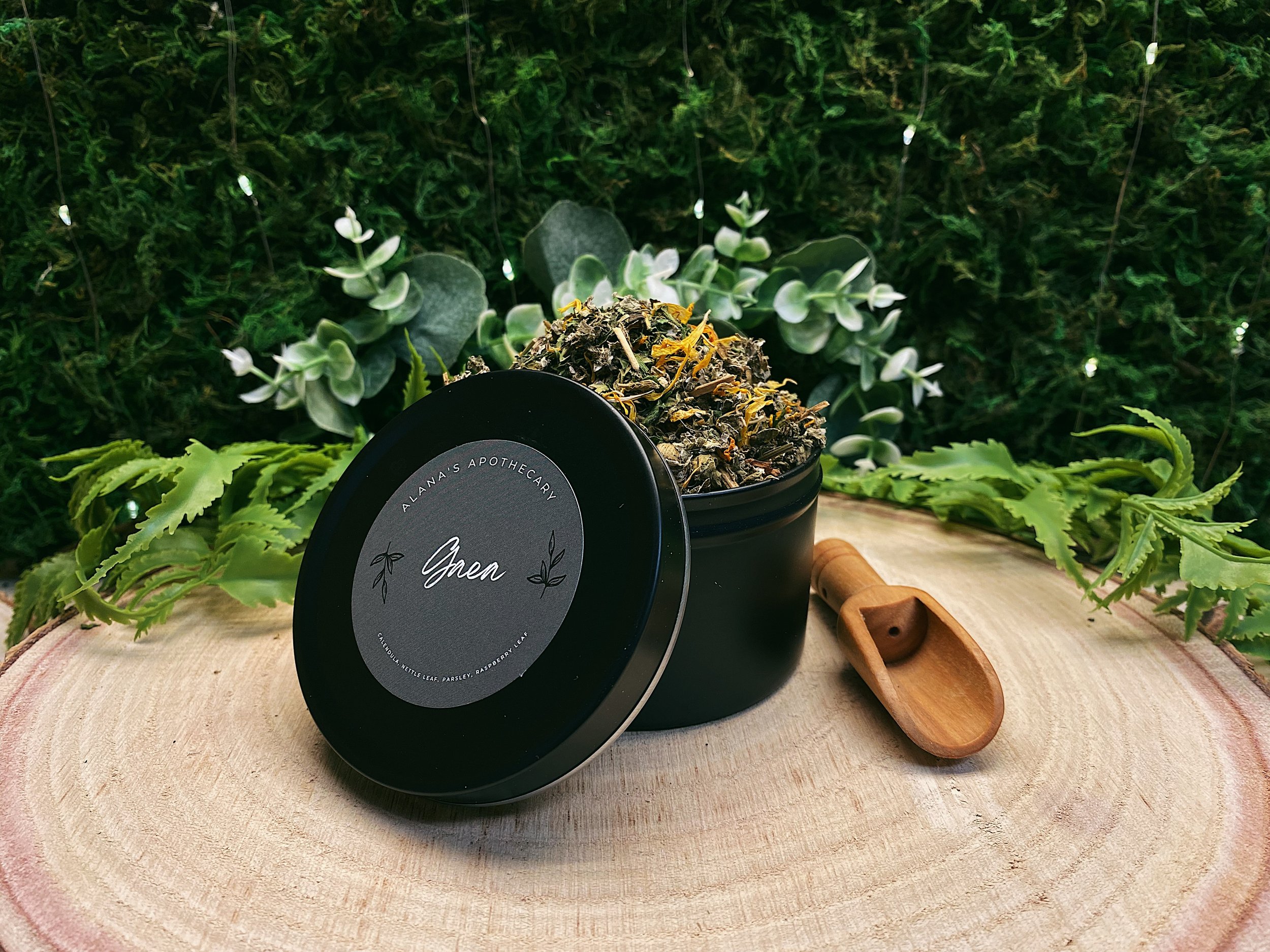What Can Herbs REALLY Do?: A Guide On How To Safely Use Herbs For Healing
Herbal remedies have been around for thousands of years. Before the invention of pharmaceutical remedies such as cough medicine, antibiotics, and even Neosporin, tribes and civilizations used the earth around them to heal their ailments through the creation of tinctures, salves, and even the use of herbs from the leaves to the roots!
Before divulging in the wonderful benefits of Mother Nature and her healing properties, it is important to know the active constituents of the plants and nature around you, and how to apply them safely and accurately.
All herbs have different functions to target specific symptoms. There are a plethora of different ways to categorize the functions of the thousands of herbs used for medicinal purposes, but the best place to start is understanding a few of the many different actions of herbs and the types of symptoms and problems they can treat, starting with these eight:
1. Adaptogens
Adaptogenic herbs are used to help increase the body's resistance to stress. They appear to work by supporting the functions of the adrenal glands. Some examples of adaptogenic herbs include, but are surely not limited to: Ashwagandha, Lavender, Chamomile, Rhodiola, Amla, and Moringa.
Our Zen Blend has a mix of Ashwaganda, Lavender, and Chamomile, making it the perfect blend to de-stress with!
2. Alteratives
Alteratives help gradually restore proper function to the body. Some support waste removal through the kidneys, liver, lungs, or skin while others stimulate digestion and provide antimicrobial actions.
Some alterative herbs are: Dandelion, Stinging Nettle, Licorice, and Red Clover.
3. Antispasmodic Herbs
Antispasmodic herbs are utilized to ease cramping muscles. They alleviate muscle tension and can work on specific organs, symptoms, or types of tissue. Some examples of antispasmodic herbs are: Calendula, Raspberry Leaf, Nettle Leaf, Parsley, Ginger, and Peppermint.
Our Gaea Blend is a beautiful combination of Calendula, Nettle Leaf, Raspberry Leaf, and Parsley, specially crafted for people who suffer from painful period symptoms.
4. Carminatives
Carminatives are herbs rich in aromatic volatile oils and promote digestive symptom function, soothe the gut wall, reduce inflammation, and help the body eliminate gas from from the digestive tract. Some examples of carminative rich plants include: Lemon Balm, Rosemary, Ginger, Cinnamon, and Spearmint.
5. Demulcents
These herbs are high in mucilage that soothe and protect irritated and inflamed tissue. Demulcents reduce irritation through the length of the bowel, reduce sensitivity to potentially corrosive gastric acids, and help prevent diarrhea. They can also alleviate coughs by soothing bronchial tension. Demulcents are great to pair with carminatives when looking for remedies to soothe the digestive tract. Some high mucilage herbs are: Slippery Elm, Marshmallow Root, Garlic, Fennel, and Skullcap.
Our Digest Blend is a mix of demulcents like Slippery Elm and carminatives like Ginger and Spearmint to give the best outcome for digestive relief.
6. Diuretics
Diuretic herbs increase the production and elimination of urine to get rid of waste and to support the process of inner cleansing. Some diuretics are: Green tea, Black tea, Hibiscus, Hawthorn, and Horsetail.
Our Glow Blend was curated with Green Tea and Hibiscus to help cleanse you internally so you can glow externally.
7. Expectorants
These herbs stimulate the removal of mucus from the lungs. There are two basic categories of expectorants:
Stimulating Expectorants: these expectorants irritate the bronchioles, causing expulsion of mucus
Relaxing Expectorants: these expectorants soothe bronchial spasms and loosen mucous secretions, which help with dry and irritating coughs.
Some expectorant herbs include, but are not limited to: Peppermint, Mullein, Sage, Thyme, and Turmeric.
8. Vulnerary Herbs
Vulnerary herbs are used to promote wound healing. The term "vulnerary" is mainly used to define herbs that heal skin lesions, but the term is just as relevant to the aid of internal wounds such as stomach ulcers. Some vulnerary herbs are: St. John's-Wort, Calendula, Aloe Vera, Garlic, and Fenugreek.
There are many more actions to account for when selecting the appropriate herbs to use for different ailments, so having an understanding for some of the basic ones is essential. Most herbs have several functions as you may have noticed, such as Garlic's use as a vulnerary herb and a demulcent, Ginger's use as a demulcent and a carminative herb, and Nettle's use as an antispasmodic herb and an alterative.
Remember to always be mindful of a plant's full spectrum of use when making your own remedies, to do your own research, and to always consult with a licensed physician and/or professional before entering the realm of herbal medicine to ensure that the herbs you choose to use are utilized safely and responsibly.
Sources:
Easley, Thomas, and Steven H. Horne. The Modern Herbal Dispensatory: A Medicine-Making Guide. North Atlantic Books, 2016.
Hoffmann, David. Medical Herbalism: The Science and Practice of Herbal Medicine. Healing Arts Press, 2017.
“The Naturopathic Herbalist.” The Naturopathic Herbalist, thenaturopathicherbalist.com/. Accessed 5 Nov. 2023.




